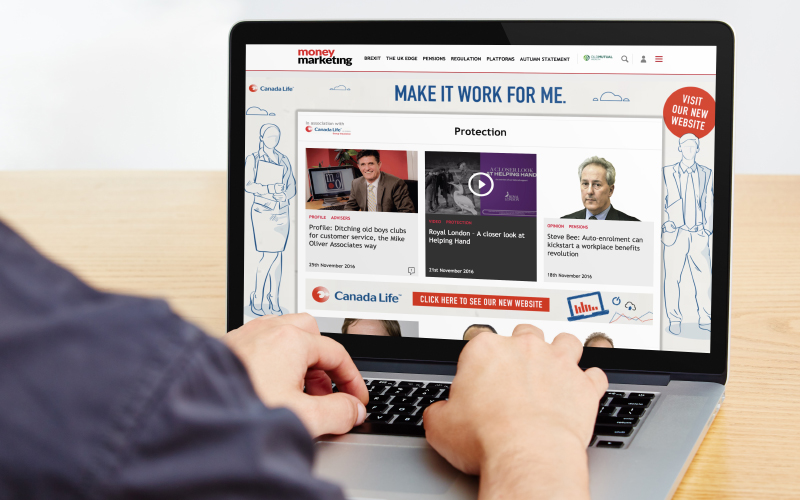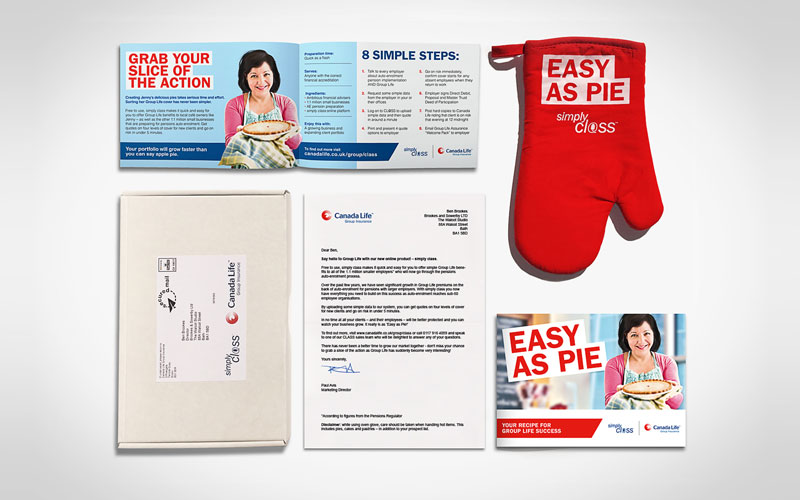Creating a website that looks great, accurately conveys your brand and runs like clockwork is no mean feat…and we say that having just relaunched our brand new shiny website a mere month ago!

There are many things to consider; whether you’re starting from scratch, or revamping an existing website, but here are 10 areas that will give you a good starting point to getting your website absolutely spot on…
1. Domain Name
First and foremost, you’ll need a domain name – if you already have one; fantastic! If not these can be easily and quickly secured online.
Where possible keep it short, simple and easily searchable. After all, you want to make it as easy as possible for the user to find you.
Once your domain name is registered, be sure to keep the login details for the DNS control panel handy so that you can activate or switch over to your new site as soon as it’s ready.
2. Sitemap
This is essentially the structure for your site – how this is laid out will depend on the amount of content your website needs to contain and how you want this to be displayed.
It may be a single page site with all of the information simply and concisely outlined, or it may require a more complex structure with multiple pages and sections. All businesses are different so take time to think through the most logical structure that works for you.
3. Copy
The copy on your site is extremely important – it is the ‘voice’ that communicates your business, product or services to your audience.
It should be professional and well-written, and must make your benefits and offerings instantly clear and attractive to your customer.
4. Images
Similarly, the imagery you use on your site is crucial to conveying your personality and brand in a visual context.
Allocating budget for professional photography can bring your website to life in a genuine and ‘real’ way compared to stock images which often look forced and de-humanise your messaging.
Alternatively, a consistent and well executed graphical style can help you stand out from your competitors and give a unique and original feel.
5. E-commerce
Depending on the nature of your business you may have a requirement for an e-commerce section on your site.
If so a whole host of additional considerations will apply here, such as the products/services you’ll include, product descriptions, customer account functionality, guest checkouts, search functionality, filtering, security, postage/delivery costs and many more.
Depending on complexity you may be able to utilise a platform like Shopify – or it could be easier to tailor make a site from scratch.
Contact us if you’d like a wider conversation about e-commerce websites.
6. Social Media
To maximise your online presence it is vital that you include all of the social networks you use on your website. This signposting helps users to engage with you in multiple ways.
So dig out those Twitter, Facebook and LinkedIn login details and get them all set up on your site for optimum connectivity and communication.
7. Debugging
As much as we’d love it to, things don’t always run smoothly from the very first development link – trust us this is perfectly normal!
Allow plenty of time for ironing out those little glitches ahead of your launch date. Check, check and re-check absolutely everything on your site across all devices and browsers to ensure that no gremlins are missed.
8. Launch Plan
Once the site is all ready to go it’s easy to get carried away and want to get it out there immediately but take time to establish a coherent launch plan, incorporating social media and email marketing to current and potential contacts.
That little bit of added time will mean that your launch will go smoothly and is presented in a well thought out, totally joined up, and truly multi-channel way.
9. Update
No matter the length of the journey in getting there, the launch is only the start – your website is a constantly evolving entity and you should strive to update and improve it regularly.
For this reason, you need to factor in the time and effort required to make adjustments and to add in additional content on a regular basis.
The devil is in the detail; address changes, contact details, new clients, new branding – all must be reflected in your website as soon as possible. Otherwise it’s very easy to look dated. Quickly.
If you’re worried about how much time you’ll have then keep things simple: if you can’t commit to writing regular blog posts, it’s best not to include one on your site. That goes for social media too.
10. Maintenance
Similarly, you must be prepared to allow time for ongoing maintenance to your site.
Software and technology is constantly changing and you will need to be reactive to these changes when it comes to your site too.
In summary:
There are a huge number of things to consider when creating or refreshing a website and the above list is by no means exhaustive, but taking the above pointers into consideration should put you in good stead for developing an effective website that works for you.
For further advice and assistance at putting the above into practice feel free to contact us – or check out some of the websites we have created for other companies here.











